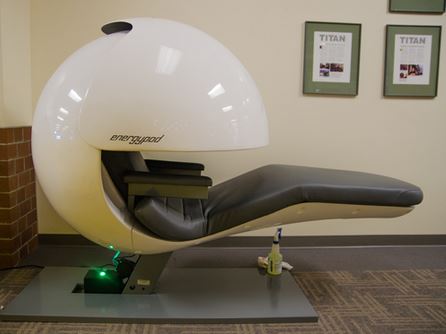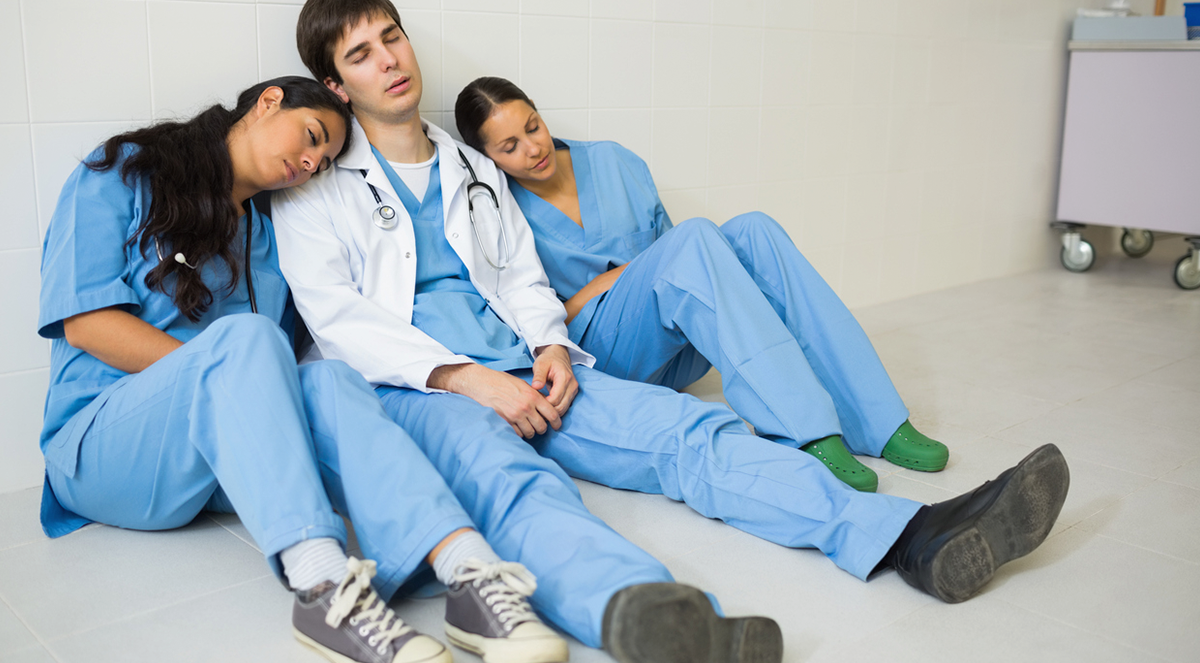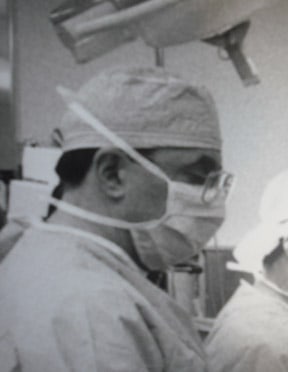Los Cruces High School in New Mexico decided to address the growing problem of sleepy students by allowing naps. Last week the Wall Street Journal ran a story about it. With permission from a teacher, students can take 20 minute naps using “sleep pods” (shown below).

A student who had been sleeping only 3 hours per night “for days” said she felt refreshed after using one of the pods. The article did not explain why the 17-year-old was getting so little sleep at home.
Research has shown that teenagers need more sleep than adults, and their circadian rhythms shift from signaling the need to go to sleep at 8 or 9 PM as preteens to 10 or 11 PM. Many parents and educators are pushing for high school starting times later in the morning to coincide with the change.
Meanwhile, sleep pods might help alleviate the problem but only for a select few. The entire Las Cruces school district has four sleep pods purchased with the help of a government grant. The high school’s Facebook page says it has 2300 students. Even if all four sleep pods are available to its students, they will not solve the problem for the entire sleepy student body.
The UCLA Sleep Center website lists a number of more practical and less disruptive suggestions to help adolescents sleep better at night. Here are some of them:
• Maintain a calm atmosphere in the home at bedtime.
• Avoid activities that will excite the senses late in the evening such as computer games, action movies, intense reading or heavy studying.
• No caffeine (including soda and chocolate) after 4:00 pm.
• Exercise routinely and have a healthy diet.
• Dim lights in the evening. Open the curtains or blinds to let in bright light in the morning.
• If you must nap, keep it to under an hour.
• It’s OK to sleep later on weekends but not more than two hours later. Sleeping in longer will severely disrupt a teen’s body clock and make it harder to wake up on time on Monday.
Recommending a nap at school is conspicuously absent.
The cost of one sleep pod is anywhere from $8000 to $12,000. According to the National Center for Educational Statistics, there are 24,000 public and 27,000 private high schools in the US. If every high school buys just one sleep pod for $10,000, the total cost would be $510,000,000—not a practical expenditure.
What about pods for all those sleep-deprived medical students and residents we keep hearing about? I would love to see the reaction when the hospital’s finance committee sees sleep pods in a program director’s budget.
Not going to happen. That’s about one day’s salary for some hospital CEOs.
Skeptical Scalpel is a retired surgeon and was a surgical department chairman and residency program director for many years. He is board-certified in general surgery and a surgical sub-specialty and has re-certified in both several times. For the last six years, he has been blogging at SkepticalScalpel.blogspot.com and tweeting as @SkepticScalpel. His blog has had more than 2,500,000 page views, and he has over 15,500 followers on Twitter.



 SkepticalScalpel
SkepticalScalpel